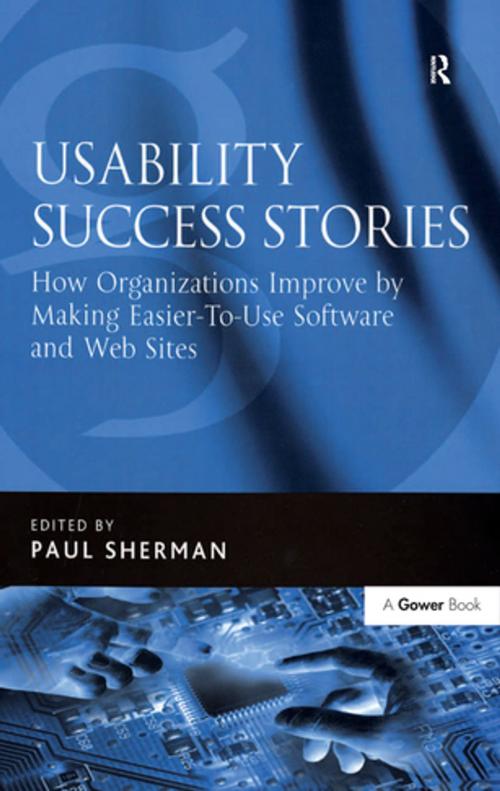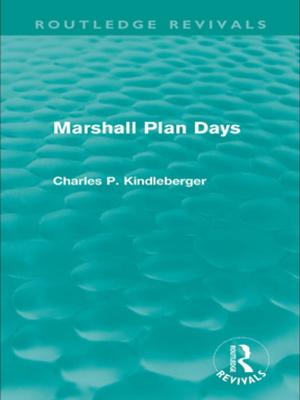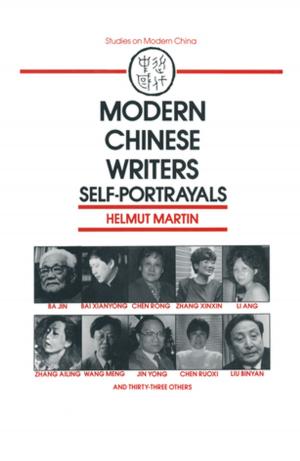Usability Success Stories
How Organizations Improve By Making Easier-To-Use Software and Web Sites
Nonfiction, Computers, Advanced Computing, Programming, User Interfaces| Author: | ISBN: | 9781317003151 | |
| Publisher: | Taylor and Francis | Publication: | February 11, 2016 |
| Imprint: | Routledge | Language: | English |
| Author: | |
| ISBN: | 9781317003151 |
| Publisher: | Taylor and Francis |
| Publication: | February 11, 2016 |
| Imprint: | Routledge |
| Language: | English |
People spend increasing amounts of time and effort interacting with complex hardware and software products. Some of the products we interact with are easy to learn and easy to remember. Some are even a pleasure to use. Others are hard to learn, hard to use, and frustrate us at every turn. But it is not just the user that pays the cost in such cases. Poor usability also imposes significant costs on product producers. Companies that make hard-to-use products incur higher support costs, spend more on rework, and have less satisfied customers. These outcomes can be avoided by applying the techniques of usability engineering and user-centred design (UCD) during product development. This book shows how usability and UCD practitioners do this by studying users' needs and abilities, designing the product accordingly, and verifying the design through additional testing with users. Despite the positive return on investment for usability engineering activities, many organizations view usability engineering as a non-critical part of the product development process. This book seeks to change this by relating a number of cases where usability engineering contributed significantly to the solution of a business problem. Evidence is drawn from experiences within a range of private and public sector organizations showing how usability work can best be organized and executed within a business environment. The organizational factors that facilitate or impede the application of usability engineering are also discussed. The book clearly explains the barriers to be overcome as well as highlighting the factors promoting success. A wide range of applications are covered, including web-based e-commerce, medical devices and software, process control management systems, financial services applications, consumer desktop applications and interactive voice response systems. Usability Success Stories provides a valuable guide for business managers and technical staff as well as for practitioners within the field itself.
People spend increasing amounts of time and effort interacting with complex hardware and software products. Some of the products we interact with are easy to learn and easy to remember. Some are even a pleasure to use. Others are hard to learn, hard to use, and frustrate us at every turn. But it is not just the user that pays the cost in such cases. Poor usability also imposes significant costs on product producers. Companies that make hard-to-use products incur higher support costs, spend more on rework, and have less satisfied customers. These outcomes can be avoided by applying the techniques of usability engineering and user-centred design (UCD) during product development. This book shows how usability and UCD practitioners do this by studying users' needs and abilities, designing the product accordingly, and verifying the design through additional testing with users. Despite the positive return on investment for usability engineering activities, many organizations view usability engineering as a non-critical part of the product development process. This book seeks to change this by relating a number of cases where usability engineering contributed significantly to the solution of a business problem. Evidence is drawn from experiences within a range of private and public sector organizations showing how usability work can best be organized and executed within a business environment. The organizational factors that facilitate or impede the application of usability engineering are also discussed. The book clearly explains the barriers to be overcome as well as highlighting the factors promoting success. A wide range of applications are covered, including web-based e-commerce, medical devices and software, process control management systems, financial services applications, consumer desktop applications and interactive voice response systems. Usability Success Stories provides a valuable guide for business managers and technical staff as well as for practitioners within the field itself.















